Calipers
Years ago I had no idea what calipers were – maybe some sort of cross between a light-duty hammer and a C-clamp. Certainly I never imagined I’d need or want one. Now I wonder how I ever got along without it. It’s good for measuring so many things. Would this piece of rod be about the right size for an N scale rainspout? Which Evergreen package does this loose strip of styrene I found on the floor go back in? What’s the axle length on this wheelset I want to replace?
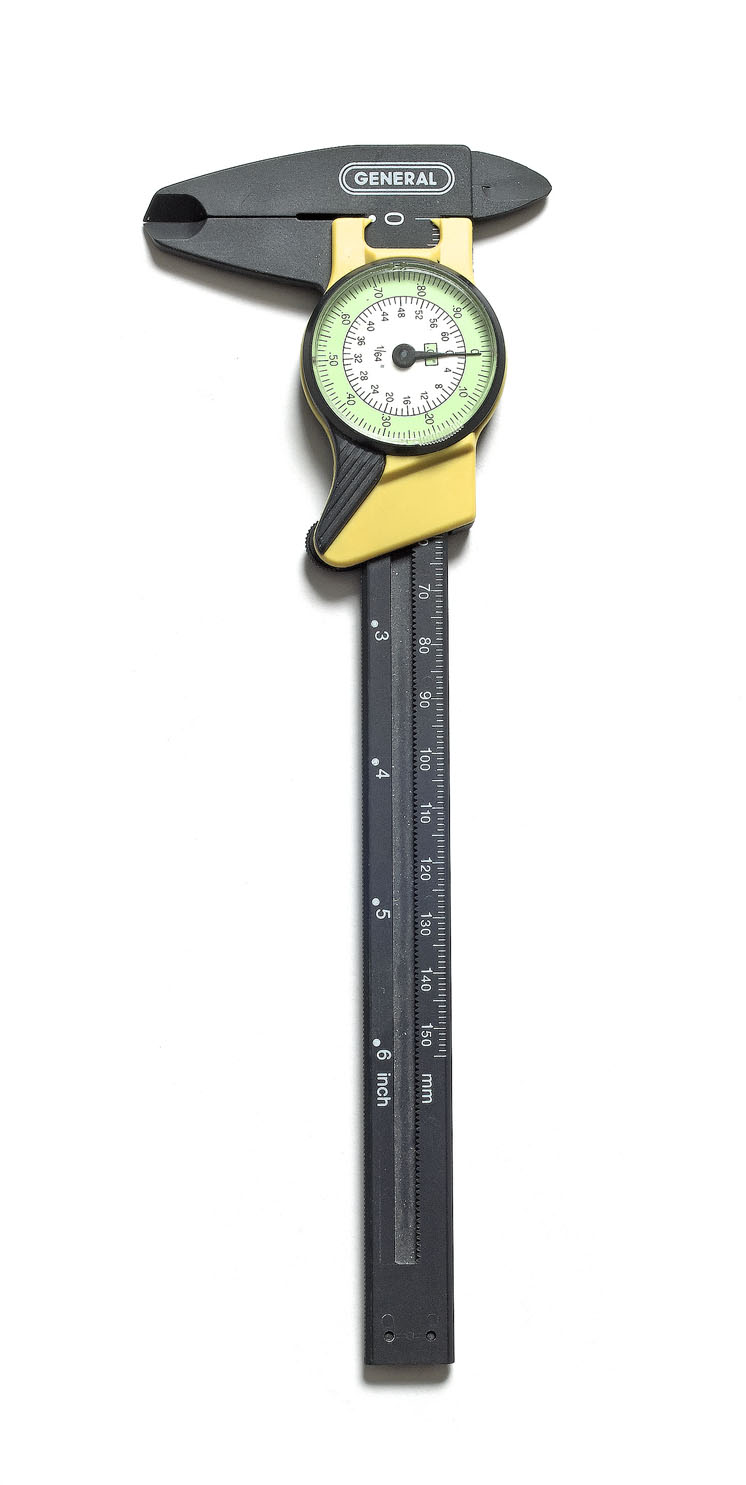
My caliper is plastic, but now good metal ones aren’t much more expensive and will give you a little more accuracy because the parts will fit tighter and won’t deflect nearly so much. I see in my Micro-Mark catalog that you can buy a caliper with a digital readout for about 30 bucks. That should be even easier to read than the dial type I have.
I bought my caliper originally because I was finding the back-to-back wheel spacing on older N scale locomotives to be almost always too tight, causing derailments on Atlas code 55 turnouts with their narrow (but National Model Railroad Association standard) flangeways.
I wrote about this in the May 2011 MR and some readers thought disassembling N scale trucks and setting the spacing with the caliper was overkill. They were sure right about one thing: taking the trucks apart and getting them back together is a daunting task. My detractors said you can just nudge the drivers out a bit with a hobby knife, and they were right. In the past, and in a pinch, I’ve done just that.
I’m sticking to my guns though. If I’m going to reset N scale wheel spacing, I want to know exactly what I’ve set it to. There’s almost no margin for error here.
In this same vein, I use both the NMRA and the Micro-Trains N scale gauges, but don’t really feel comfortable with either one. N scale trains are so small and the tolerances so close that I just like the precision of having the specs in front of me and measuring with a caliper.
Tweezers and needlenose pliers
Tweezers and needlenose pliers are hobby essentials, and eventually you’ll want several versions of each. Recently I’ve added one version of each tool with serrated jaws and they have made my modeling life easier.
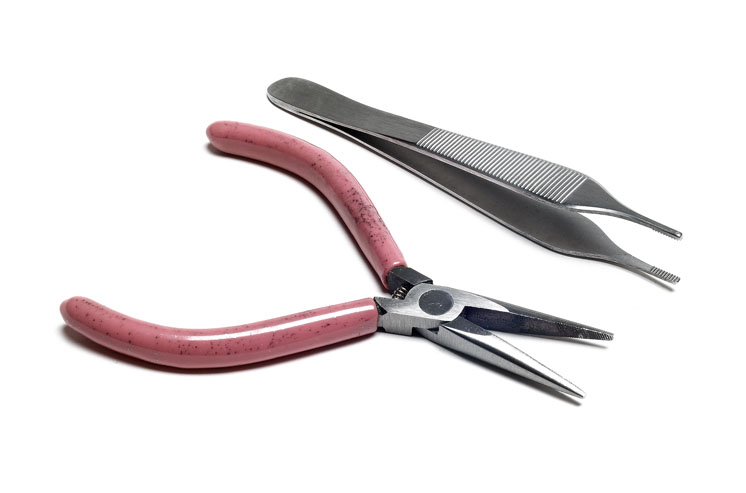
Any N-scaler who’s been around awhile can tell horror stories of small parts held in tweezers being rocketed across the room, never to be seen again. Serrated jaw tweezers will cut way down on supersonic flying objects in the train room.
Serrated-jaw needlenose pliers come in handy too. I used to lose or wreck about half my Micro-Trains uncoupling pins trying to insert them into the knuckles with smooth-jaw pliers. Now
I succeed almost every time. Also handy are some tweezers with thin, sharp points. I find these especially useful for inserting truck pins. I set one point in the center hole and one alongside the outside of the pin.
Coupler assembly jigs
My friend Andy Sperandeo recently returned from operating on an N scale layout and says he found that uncoupling truck-mounted couplers with a pick easily led to derailments. Makes sense – all those little forces of prodding and twisting are being transmitted directly to the wheels instead of to the end of the carbody.
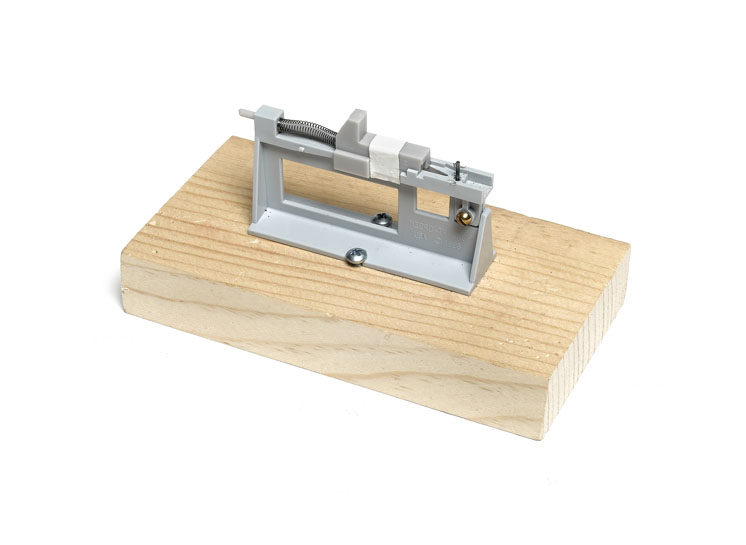
Even more important to me is that the helper operations I want to run on my N scale layout are impossible with truck mounts, meaning I have to convert almost every car.
You can buy assembled Micro-Trains couplers for about $5.50 a pair, or you can assemble them from kits for about $1.50. For me, this is an easy choice.
I can assemble a pair in about 10 minutes and I must admit I’ve gotten pretty good at it.
For years I assembled N scale couplers on a small block of wood with a nail strategically placed. I finally broke down a year or so ago and bought one of Micro-Trains’ assembly jigs. This makes the job so much easier. One thing I do is disable the spring-loaded clamp on the top of the machine with a piece of masking tape. It had a way of flying over when I least expected.
Well, there you have it – the best N scale tools to make life, and N scale modeling, a little easier and even more enjoyable.






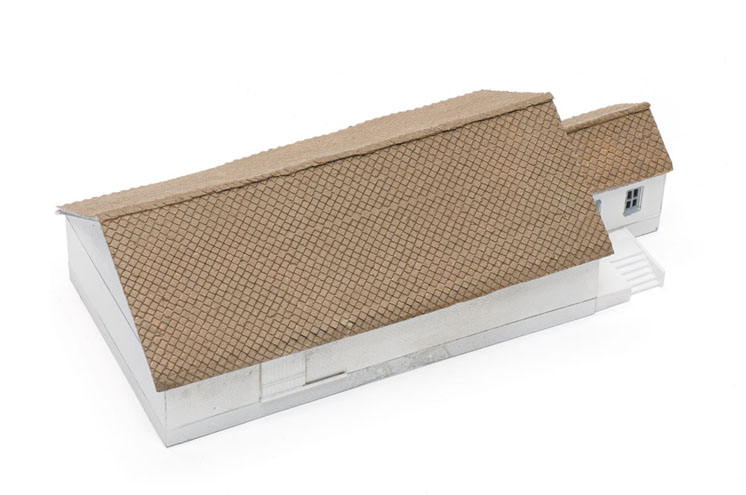
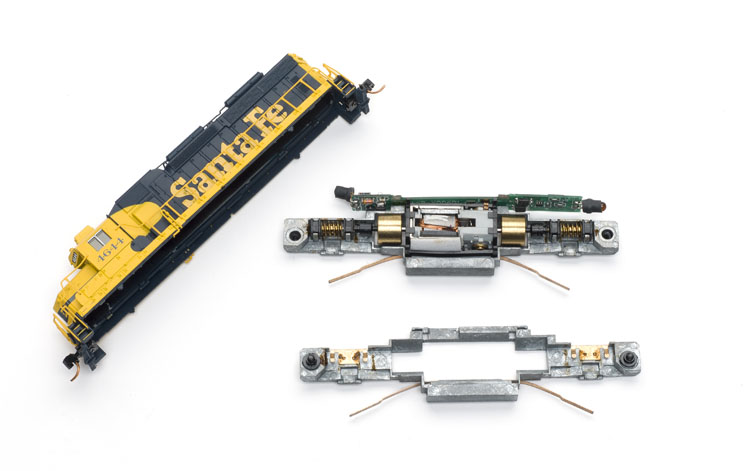
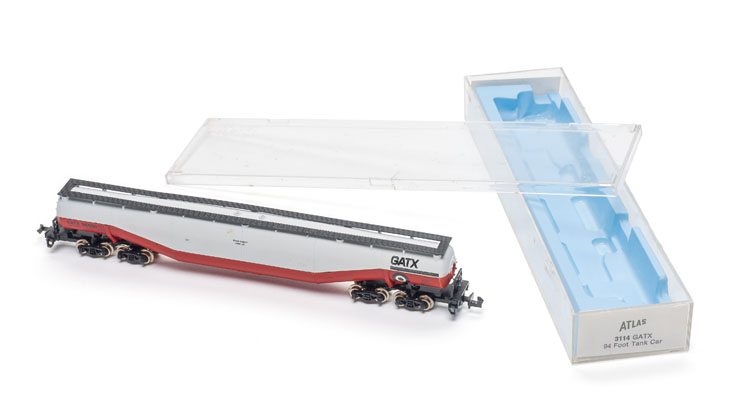
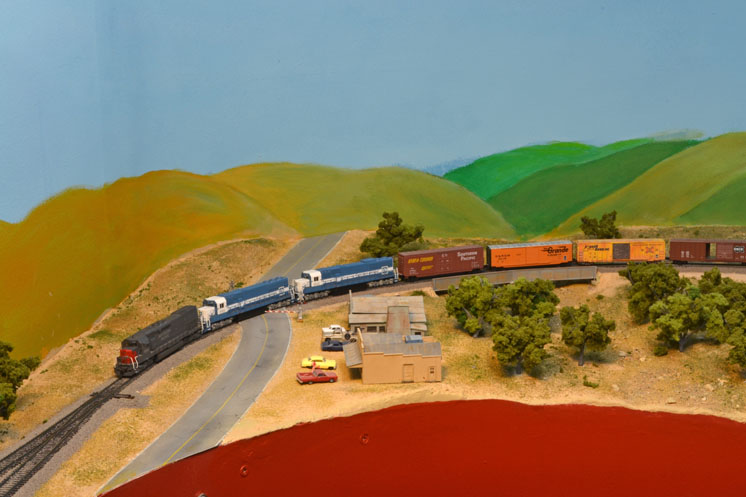




Great article Mr. Kelly! Thanks, as always for the helpful insights from your experiences in N scale. I thought this might be a good venue to make a suggestion for a modelling tip on Cody's Office since you mentioned the Micro-Trains' assembly jig…Perhaps a segment on assembling some types of N scale Micro-Trains couplers with the jig as you described it. I find that the videos help "teach by example" and even reinforce subjects covered in the magazine.
When I recently watched a video of Cody showing how to install the Kadee HO scale couplers, I thought that it could be a good topic for assembling the N scale version with the jig.
Keep up the great work!
Regards,
Don K